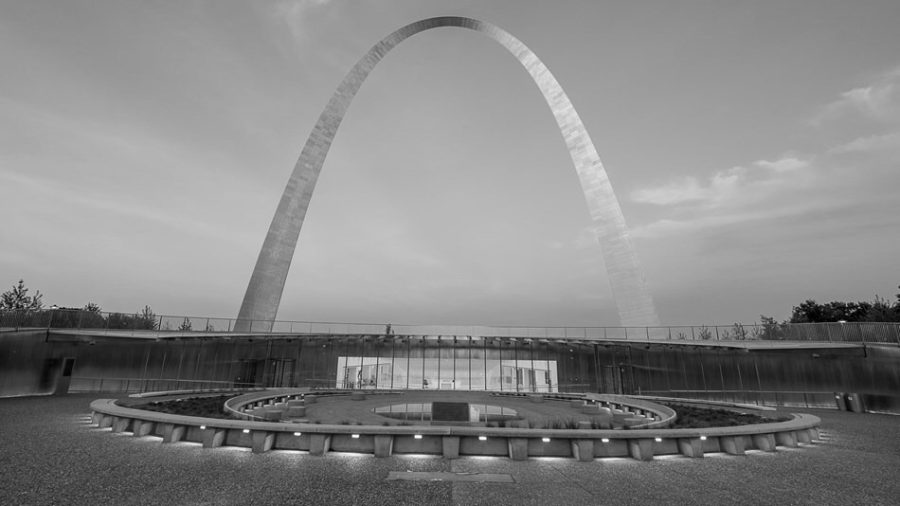Your donation will support the student journalists of Clayton High School. Your contribution will allow us to purchase equipment and cover our annual website hosting costs.
Refugees and St. Louis
November 2, 2021
Afghan refugees are not the first to come to St. Louis.
The International Institute of St. Louis was founded in 1919 by Ruth Watkins to help refugee women from countries devastated by World War I. After its founding, the institute continued to take in refugees and immigrants from all over the world, developing resettlement programs and integration services.
The Immigration Act of 1924 capped the number of immigrants from outside the Western Hemisphere at 165,000, one-fifth the amount of immigrants the United States accepted before World War I. For the next 40 years, no more large-scale immigration took place in the United States. Despite the reduced number of immigrants coming to the city, the International Institute continued its work.
During World War II, the institute responded to the internment of Japanese Americans by working with Washington University’s dean of students, Arno J. Haak, to relocate 30 Japanese Americans from internment camps. After the war, in the late 1950s, the International Institute welcomed Hungarian refugees as well.
In 1965, Lyndon B. Johnson’s Immigration Act added quotas that opened immigration up to far more non-Western countries. A decade later, after the fall of Saigon and the end of the Vietnam War, The International Institute of St. Louis helped resettle Vietnamese refugees who had been evacuated to the United States. Other Southeast Asian refugees came to St. Louis from Laos and Thailand in the 1970s, fearing communist oppression in their home countries. Today, many Southeast Asian immigrants live near South Grand. Since the late 1980s, Vietnamese, Thai, Laoatian and Philippine entrepreneurs have started businesses in this area, including restaurants, grocery stores and bakeries.
The US Refugee Act of 1980 resulted in an increase in the amount of refugees coming to St. Louis. One of the most prominent resettlement programs in St. Louis was the resettlement of Bosnian refugees in the late 1900s and early 2000s, after the Bosnian genocide. According to The New York Times, the number of Bosnian refugees in St. Louis reached 70,000, giving St. Louis the largest Bosnian population in the country. Many of these refugees settled in the Bevo Mill neighborhood, or “Little Bosnia,” which contains many Bosnian restaurants and mosques.
After the September 11 attacks, changes were made to the federal refugee program. As a result, the United States admitted smaller groups of refugees, but from more countries. These countries included Somalia, Nepal, the Congo, Syria, Afghanistan and Myanmar. Many refugees resettled in St. Louis, with the assistance of the International Institute.
During his presidency, Barack Obama approved the increase of the refugee cap from 70,000 to 110,000 so the country could take in more Syrian refugees. A corresponding influx of refugees arrived in St. Louis during this time period.
The increased resettlement of refugees in the United States did not last. After Donald Trump was elected president in 2016, he restricted borders by banning refugees from seven predominantly Muslim countries in what was called the “Muslim ban.” Over the course of his four years in office, he reduced the 110,000 refugee cap to only 15,000. As a result, the annual number of refugees resettled in St. Louis greatly decreased. According to the International Institute’s website, the total number of sponsored refugees in St. Louis dropped from 1,158 in 2016 to only about 200 in 2020.
One of the wonderful things about our country is that we are a country of immigrants.
— Paul Hoelscher, CHS History Teacher
The Biden administration has since raised the refugee cap to 62,500. Now, as tens of thousands of Afghan refugees arrive in the United States, The International Institute prepares to resettle those arriving in St. Louis.
“I think St. Louis can be a wonderful location for refugees,” said Hoelscher. “One of the wonderful things about our country is that we are a country of immigrants. And even though there has been some nativism and anti-immigration sentiment, I think as a whole our country is pretty open and forgiving, and a good place for refugees to start their lives [again].”

